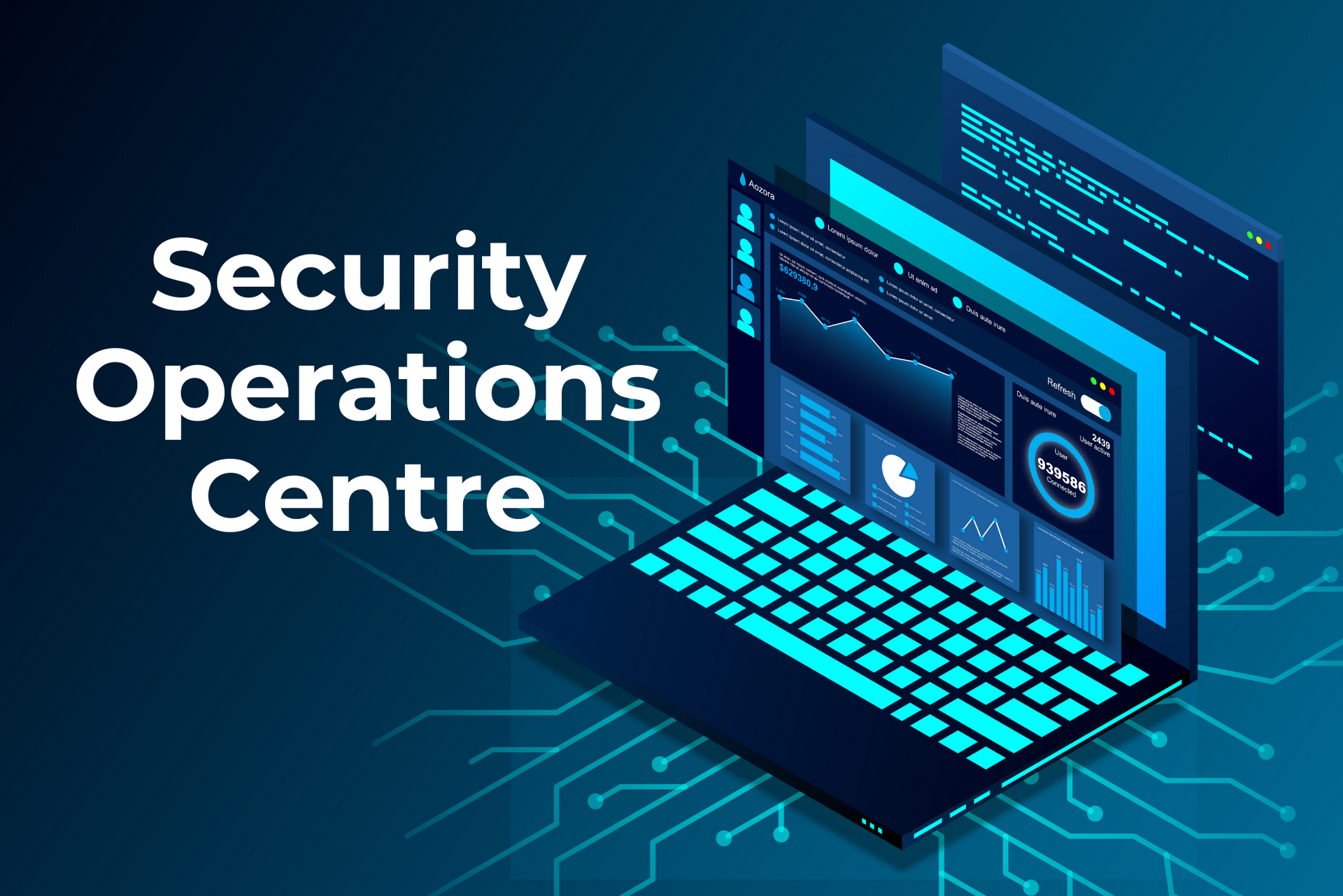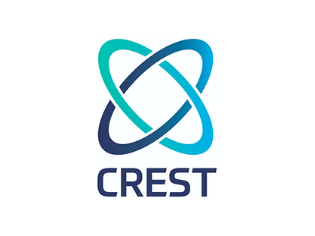PCI DSS v4.0 Penetration Testing: What’s Required in 2025, What “Good” Looks Like, and How to Pass First Time
Challenge Your Assumptions (Myths vs Reality)
Myth 1: “Our ASV scans cover pen testing.”
Reality: Scans surface weaknesses; pen testing proves exploitability with manual techniques and attack chains.
Myth 2: “We’re in the cloud, so scope is tiny.”
Reality: Scope expands or contracts based on data flows and trust boundaries. Cloud segmentation still must be validated.
Myth 3: “PCI isn’t law here.”
Reality: Correct and irrelevant. Your acquirer enforces PCI by contract. The business risk (fines, chargebacks, reputational damage) is real in both the UK and the US.
What PCI DSS v4 Expects from Penetration Testing
1) A Written, Defensible Methodology (Req. 11.4.1)
Your method should cover:
- Internal and external testing of the CDE and critical systems
- Application-layer and network-layer testing (not just port poking)
- Segmentation validation and pivoting attempts
- Use of current threat intel and retention of results for at least 12 months
2) Cadence & Triggers (Req. 11.4.2–11.4.6)
- Internal pen test: annually and after a significant change
- External pen test: annually and after significant change
- Segmentation testing: annually (all entities) and every six months for service providers, plus after changes
“Significant change” includes things like new payment flows, major architecture shifts, new Internet-facing systems, new cloud accounts/VPCs, peering, and material rule changes in firewalls/WAFs.
3) Remediation and Re-Test (Req. 11.4.4 + change management)
Fix the root cause, not just the symptom. Re-test to show the weakness is genuinely gone and document before/after evidence.
4) E-commerce: Payment-Page Tamper Detection (Req. 11.6.1)
If you accept web payments, you must detect unauthorised changes to scripts and HTTP headers as received by the customer’s browser and alert/respond accordingly. This is one of the most commonly missed v4 items.
5) SAQs Don’t Always Exempt You
SAQ type matters (e.g., SAQ A-EP still inherits testing obligations). Validate your actual payment flow against the current SAQ forms—don’t rely on wishful thinking.
Scope First, Tools Second
Map your CDE: systems, apps, APIs, third parties, card data flows, admin paths, and where data could enter, traverse, or egress.
Document segmentation: firewalls, security groups, SDN, separate cloud accounts/VPCs, routing, peering, private endpoints.
Define targets: Internet-exposed assets, internal hosts, high-risk apps, admin portals, middleware, data stores, backups, jump hosts.
What “Good” Looks Like (from a QSA’s perspective)
- Clear pre-engagement docs: scope diagram, Rules of Engagement, test plan aligned to 11.4.x.
- Credible tester independence and qualifications.
- Attack narratives, not just CVE lists: show chain-of-events, lateral movement, data exposure potential.
- Risk-rated findings with business impact (not just technical jargon).
- Root-cause remediation with evidence-backed re-tests.
- E-commerce evidence pack for 11.6.1 (how you detect changes, alerting pathways, response runbooks).
A Pass-First-Time Plan
Confirm scope: CDE boundaries, payment flows (web, in-app, MOTO), third-party processors, CDN/WAF, PSPs, cloud accounts.
Pick methodology: Use an industry-accepted approach (e.g., OSSTMM, OWASP) and explicitly include app-layer abuse cases, privilege escalation, and pivoting.
Set cadence: Annual internal/external + after change; segmentation annual (or six-monthly if a service provider).
Harden e-commerce: Implement and document 11.6.1 tamper/change detection and incident workflows.
Fix fast, re-test smart: Tackle high/critical findings first; run targeted re-tests; keep an artefact trail.
Package evidence for QSAs: Scope, ROE, tester creds, results, PoCs, remediation, re-tests, and management sign-off.
Frequent Failure Modes (and How to Avoid Them)
ASV = pen test confusion → Run manual exploitation with app-layer scenarios.
Hand-wavy segmentation → Prove isolation with tests; include inter-VPC/account and peering routes.
Skipping re-tests → No closure, no pass.
Cloud blind spots → Missed private endpoints, serverless entry points, CI/CD secrets, and IaC drift.
E-commerce blind spot → No browser-side change detection on payment pages (11.6.1).
UK vs US: Same Controls, Different Context
Enforcement: Contractual in both regions via acquirers/card brands.
UK considerations: Align with UK GDPR, link the work to Cyber Essentials to raise baseline hygiene and board buy-in.
US considerations: State breach laws and regulatory scrutiny amplify the cost of failure, plan incident response accordingly.
Bottom line: Technical expectations are the same; reporting and stakeholder expectations differ.
How Safetech Delivers PCI DSS Penetration Testing
- CREST-certified team with deep experience across finserv, healthcare, retail, and e-commerce.
- PCI-aligned methodology mapped to 11.4.x, including segmentation validation and documented re-tests.
- E-commerce 11.6.1 checks with practical guidance on browser-side integrity monitoring and response.
- Board-ready reporting and QSA-friendly artefacts.
- Optional SOC/MDR integration to catch regressions between tests.
Related services:
FAQs
How often is PCI DSS pen testing required?
At least annually and after significant changes for both internal and external testing. Segmentation is annual (or six-monthly for service providers).
Is PCI DSS legally required in the UK or US?
It’s enforced contractually by acquirers/card brands. Non-compliance can mean fines and loss of card acceptance.
Do ASV scans replace pen tests?
No. ASV scanning identifies vulnerabilities; pen tests manually validate exploitability and business impact.
What changed for web merchants in v4?
Payment-page change/tamper detection (11.6.1)—prove you can detect and act on unauthorised script/header changes as seen by the customer’s browser.
We use a PSP—are we still in scope?
Likely yes for some controls. Your SAQ type depends on actual payment flows and page scripts. Validate against the current SAQ.
Book a PCI v4.0 Penetration Test, get in touch with us today.


















